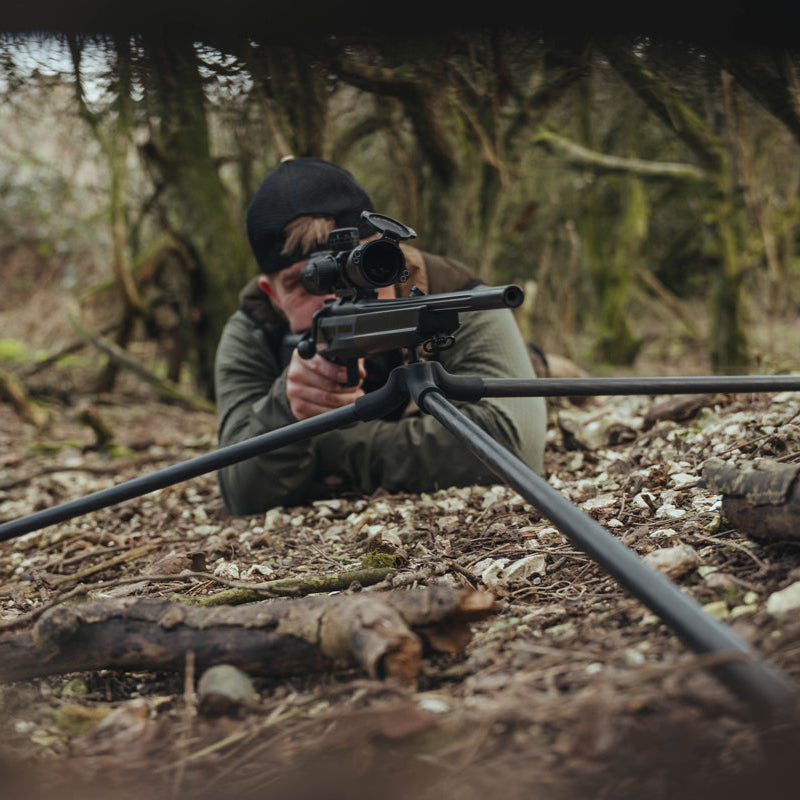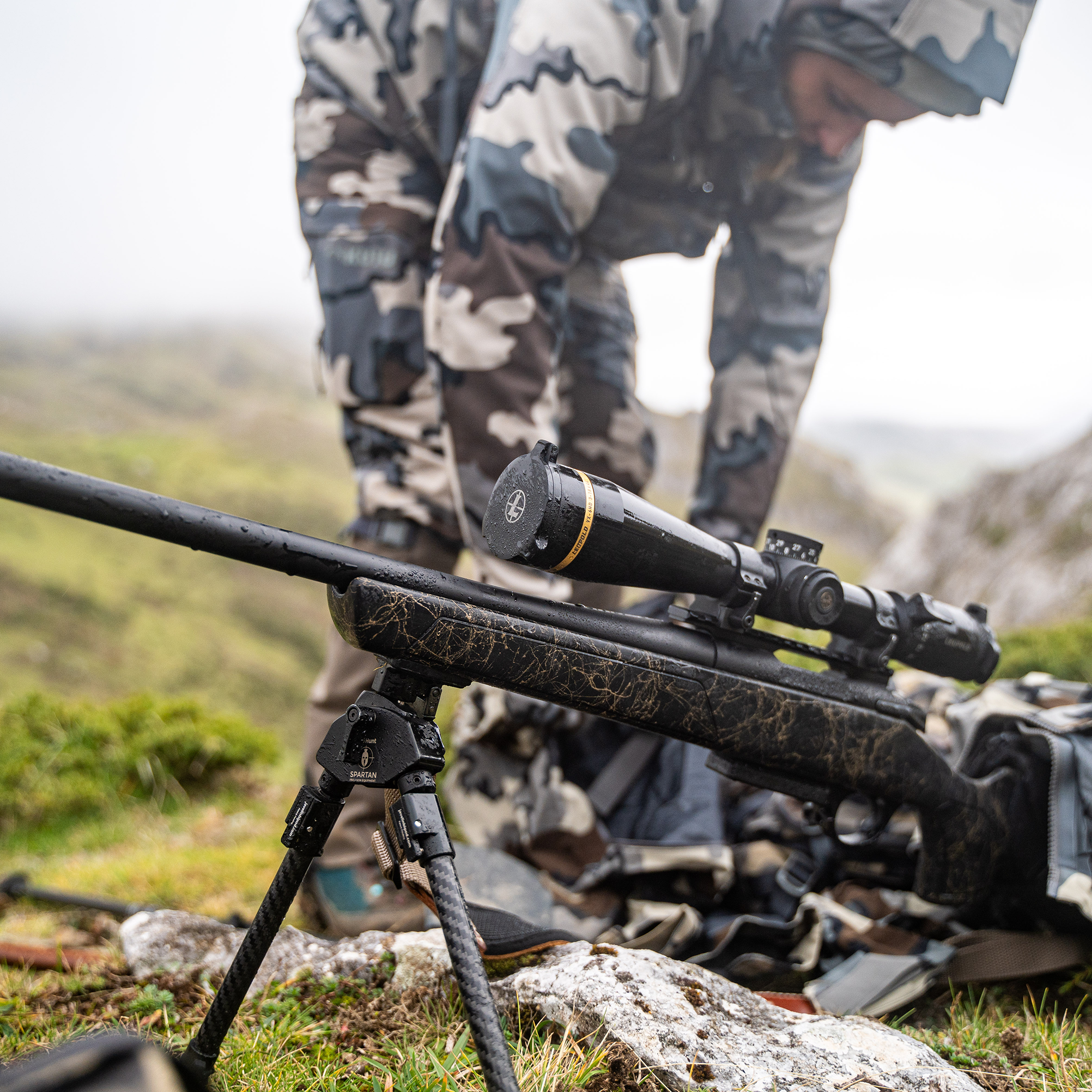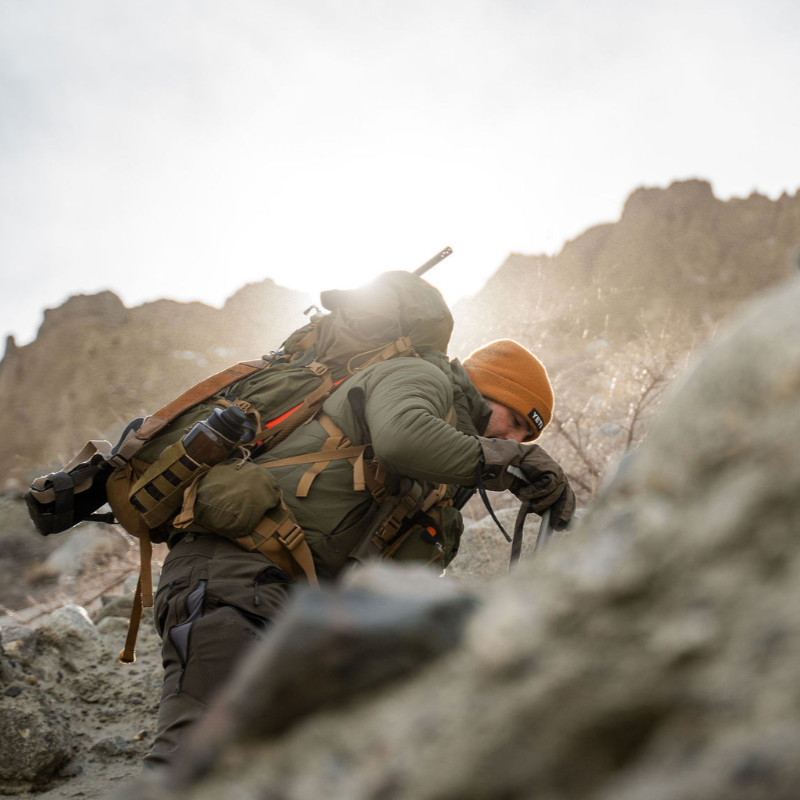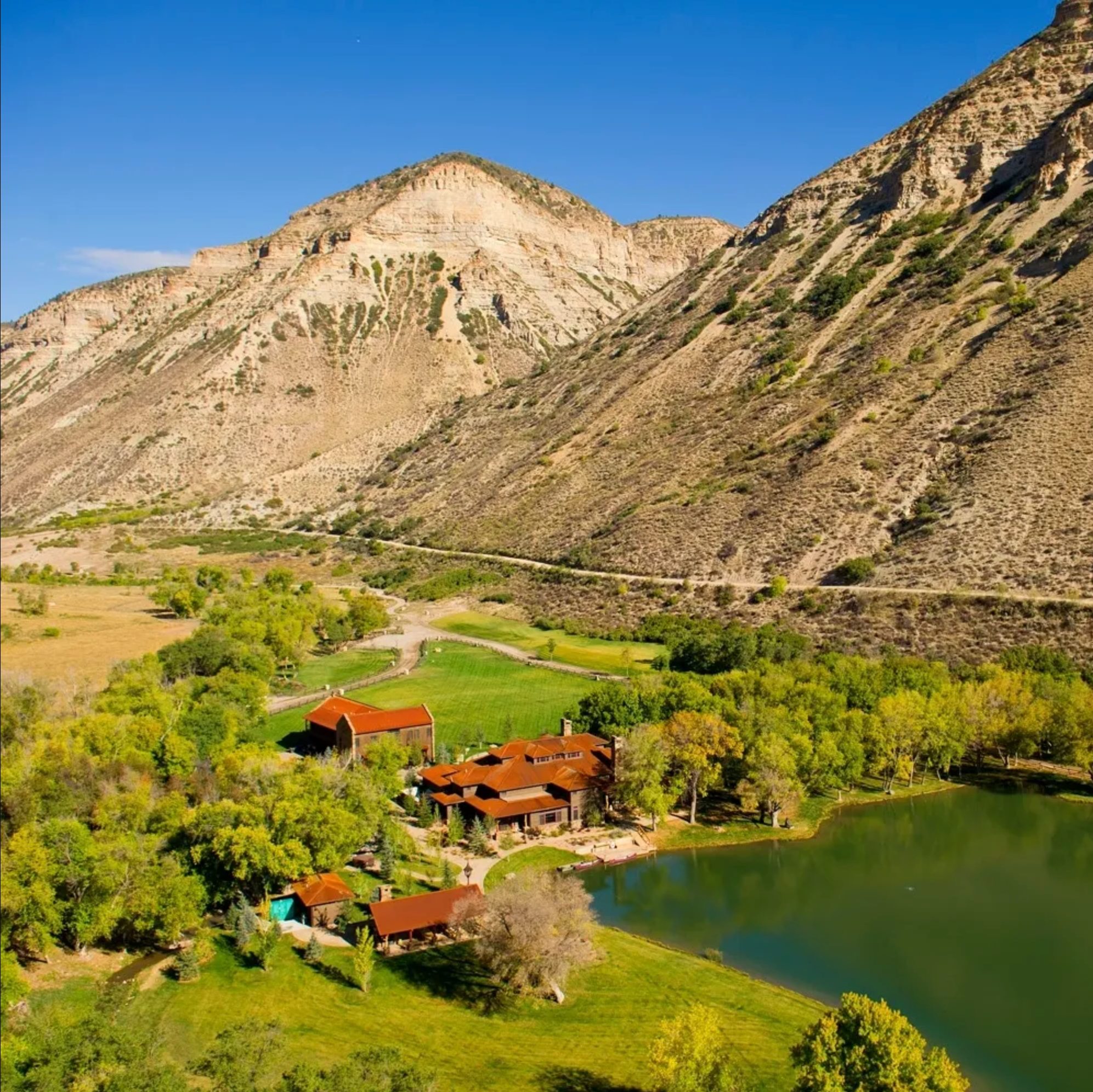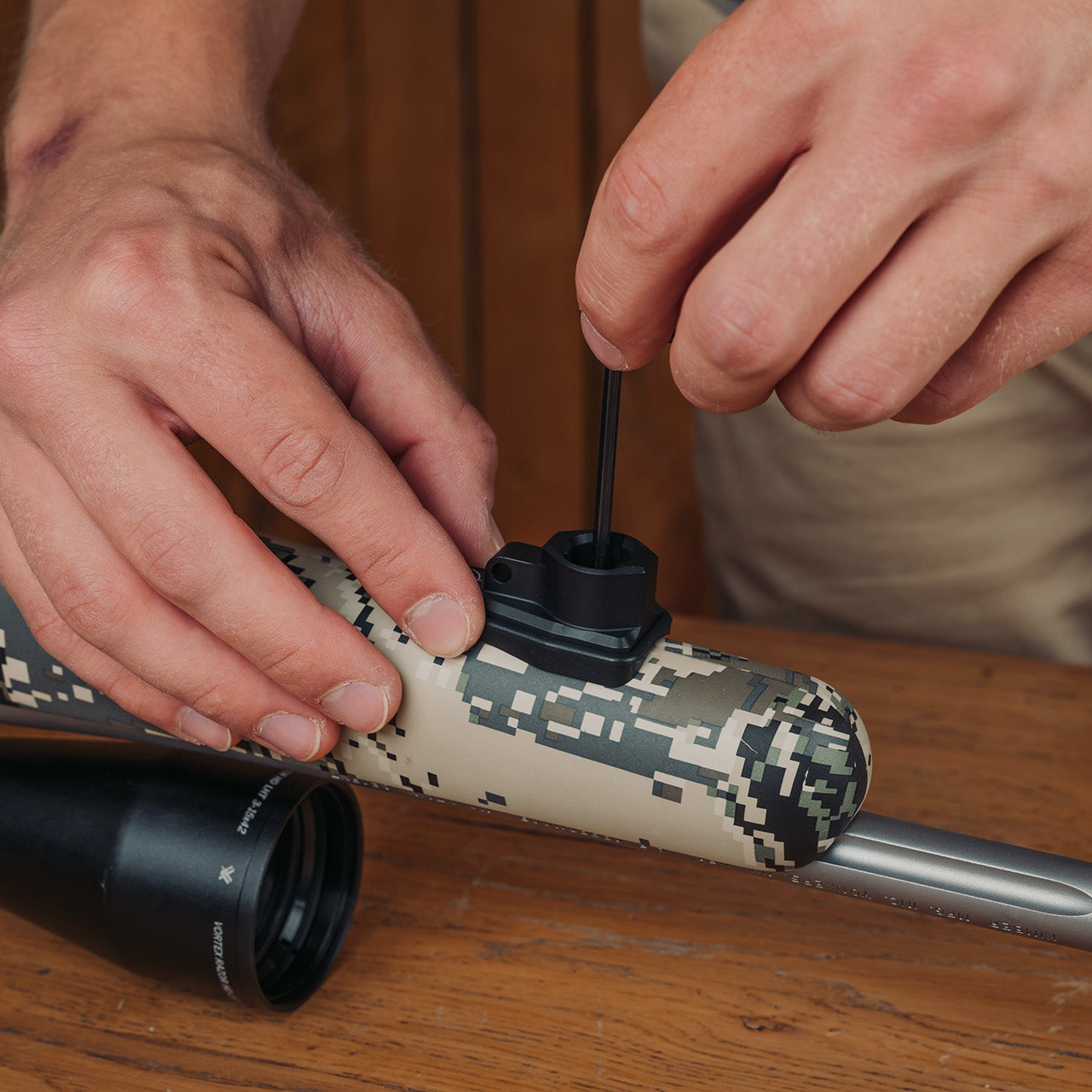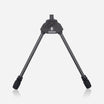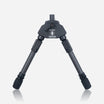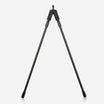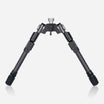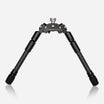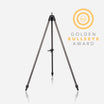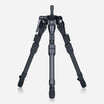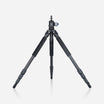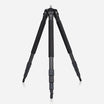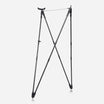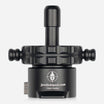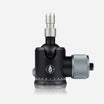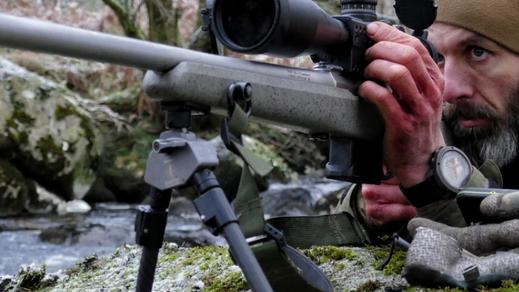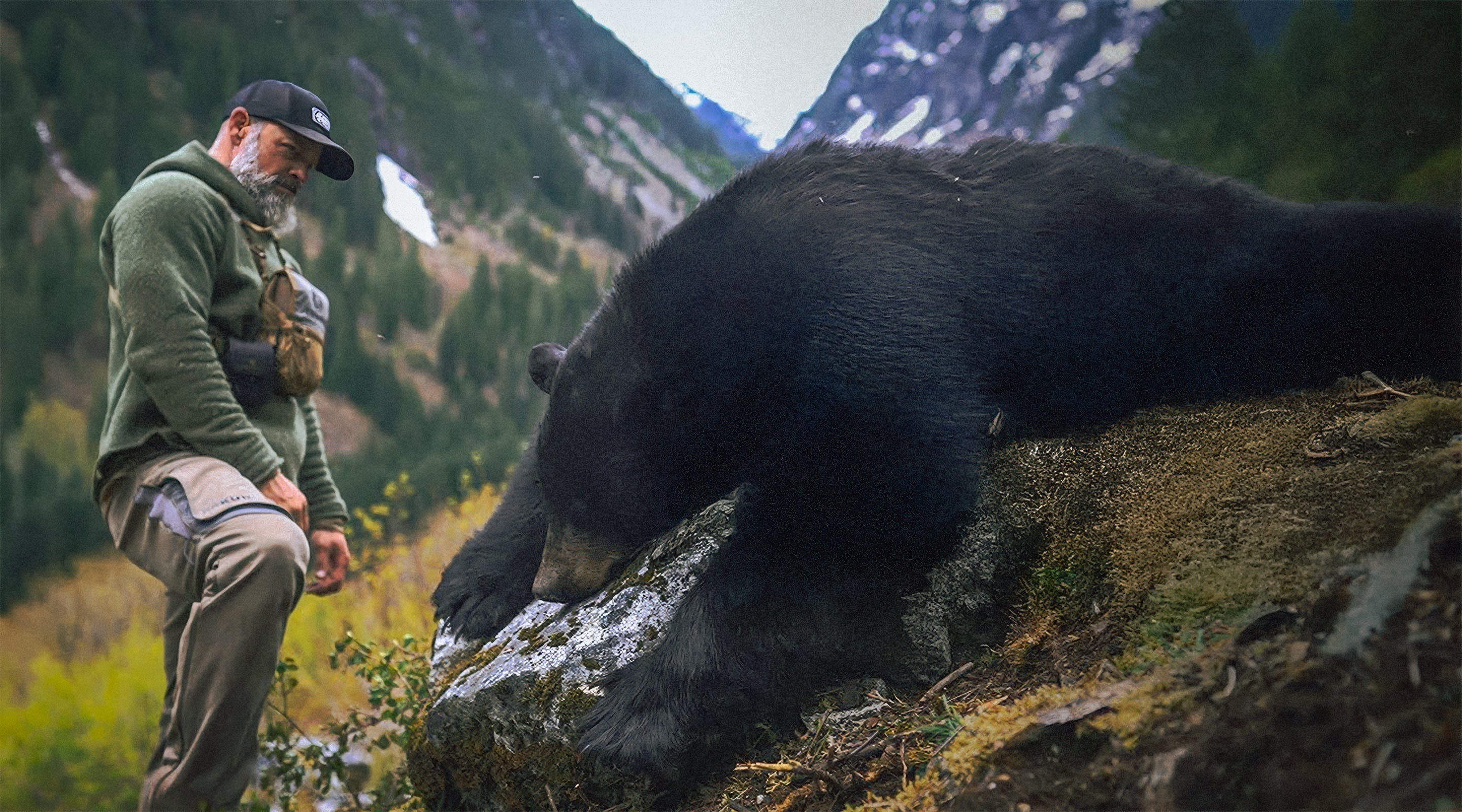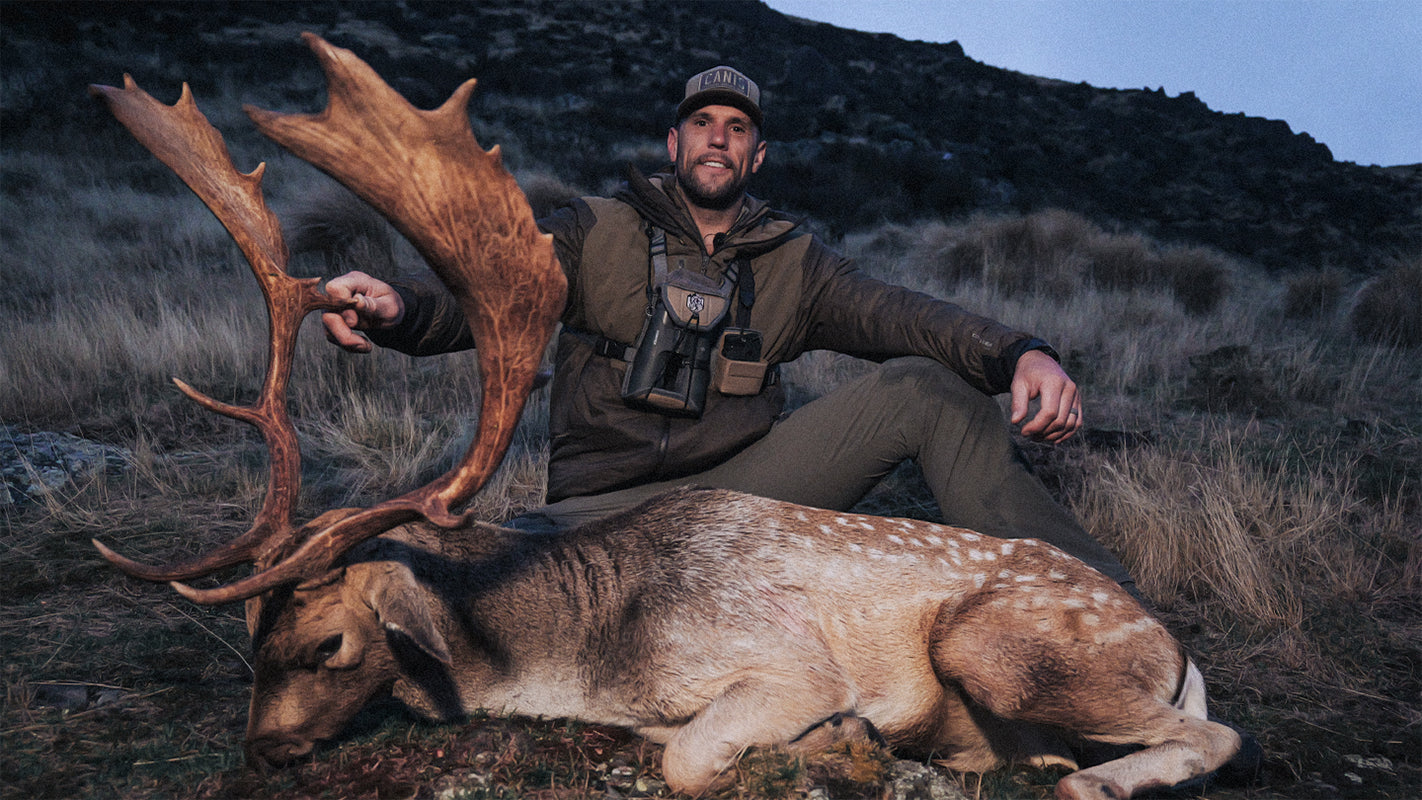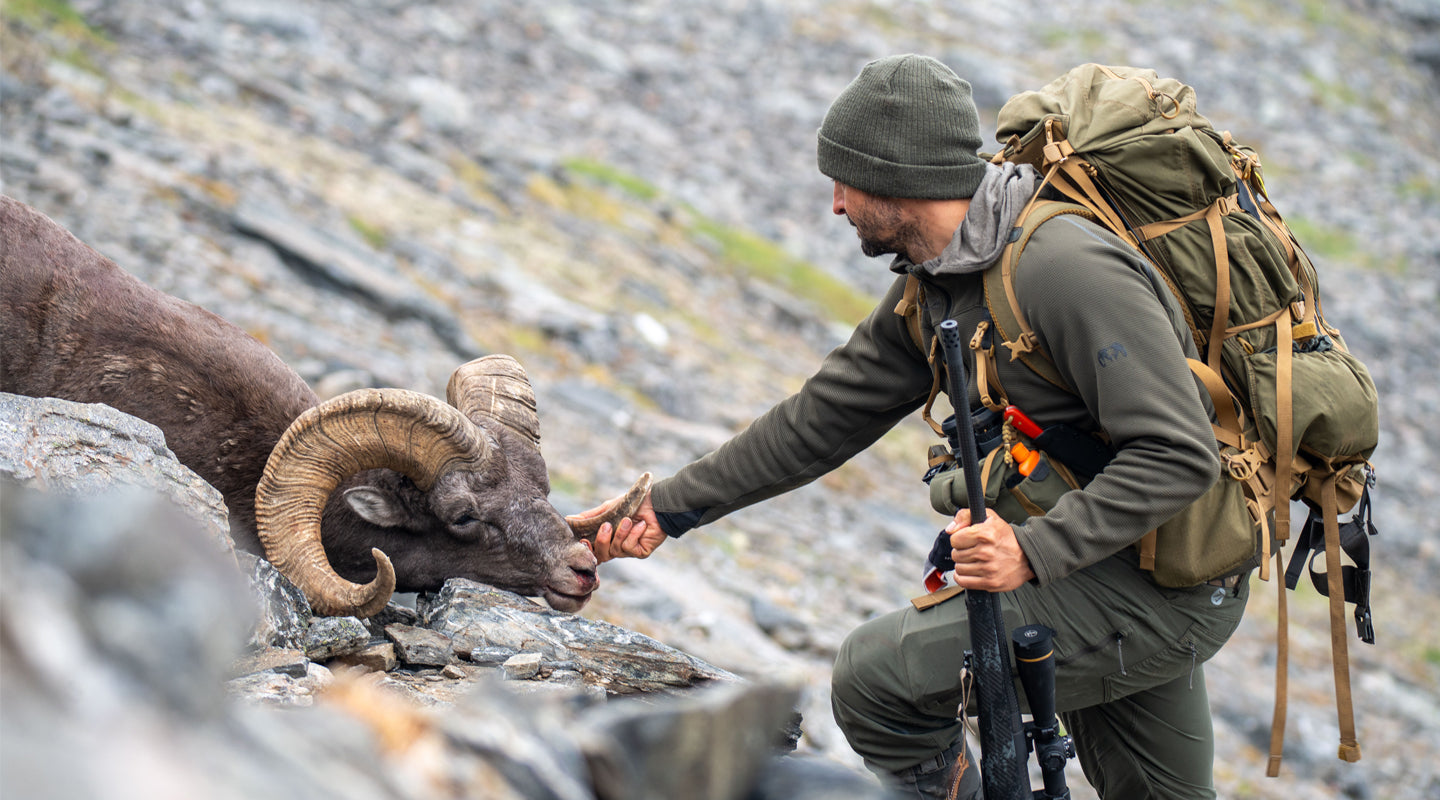First Ascent is a mountaineering term given to the first successful, documented attainment of the top of a mountain, or the first to follow a particular climbing route. In this article I want to share, with you my experience of the new tripod from Spartan Precision Equipment – the Ascent.
Spartan Precision prides itself on the innovation of its products. There is a huge focus on quality, functionality and weight. It struck me that the name of this tripod, 'The Ascent', is particularly apt, as it not only reflects the mountaineering experience of Spartan Chief Rob Gearing, but also embodies the spirit of lightweight multifunctional gear and at the same time symbolises how Spartan Precision strive to lead the way to the top using new routes and methods.
I have tested the Ascent prototype over the past year and I have really put it through its paces, I have also been in direct liaison with some other testers. In this way I was able to compare my demands to those of a serious backpack hunter in the Rocky Mountains, for example, where 10 day trips for mule deer and bear are the norm. It was interesting to compare my own findings to that of another hunter chasing similar experiences half a world away.
SPARTAN HUNTING SYSTEM
To get an idea of why Spartan produced the Ascent it is useful to look at its heritage. Spartan is probably best known for its Javelin bipod, an ultralight carbonfibre bipod that attaches magnetically, providing a bipod when you need it and minimal weight penalty when you don’t. In the early days you could buy a longer lower leg section to give you a sitting or kneeling bipod. This led to a tripod that is now the Sentinel Tripod, it uses the same spigot mount that the bipod uses and in true Spartan style it is not just a tripod – it is a monopod, a bipod, a quad or pent system, a set of trekking poles, and a tent frame system. The Spartan tripods are more than a tripod they are an expedition hunting system.
Whilst the Sentinel was an excellent shooting tripod it did lack some of the ergonomics to make it a great tripod for glassing. Using a tripod for your binoculars and spotting scope is extremely beneficial in open mountain terrain, the use of 12x or 15x power binoculars is extremely common in the Western United States and the spotting scope is a well established tool for judging mature age class stags the world over. On the topic of optics, I also reap great benefit from the tripod when using a camera and in some instances, I have used high zoom cameras on a tripod instead of a spotting scope.
So why did Spartan need to bring out another tripod? Well I posed that very question to Mr. G himself. “The Sentinel is a purist’s tool, it is effective simplicity,” he told me. “These are more than just tripods, they are multipods, and have climbing DNA in this multipurpose utility”. There was also talk of them being the stuff of wet dreams, but I’m having difficulty paraphrasing that quote...
GEARING UP FOR GLASS
Gearing went on to explain how the North American Mountain Hunter wanted more from a tripod than the Sentinel could offer, this coupled with a growing military and law enforcement customer base led to the development of the Ascent tripod system. The Ascent does everything a high-end camera tripod will do but it’s design is driven by the needs of riflecraft, be that hunting or tactical. It also retains the trekking pole legs, now a four-part leg, that allow it to be so modular.

This tripod will be as at home glassing for mule deer in the Rocky Mountains as it will be in the hands of Special Operations Snipers, who have already adopted the system in numerous countries across Europe. During military testing the Ascent endured all challenges including use as a .50 calibre sniper rifle platform. Whilst not designed for such heavy weapons, the Ascent proved it was up to the task and excelled as a pent (five-legged) set-up here. This extreme testing in turn led to the development of the soon -to-be-released
Hercules tripod, which again retains the Spartan functionality but has much thicker legs, a beefier head and is purpose built for heavy weapons. I can also see this being adopted for the likes of Precision Rifle competitions, where the extra weight will increase stability and the carrying of weight is not such an issue.
A STEP UP
I have used the Sentinel Tripod for many years, how did I find the Ascent to be better? I’ll start by saying that the Sentinel is an excellent hunting tool, but the Ascent takes functionality to a new level. The Ascent can be used from lying to standing position and whilst I found the prototype to be a little short for standing position this has been addressed in the production model with a longer centre column – a fourth leg position and a longer leg is also on the way.
The trekking poles (tripod legs) are better than the Sentinel legs; they are lighter, they pack smaller and the locking mechanism is nicer in the hand. The foam handle is comfortable to use for trekking and there are optional trekking pole handles that screw on to give the full functionality of a trekking pole. The pointy end of the trekking pole or leg has a tungsten carbide tip for grip on the likes of rock, these are covered with a soft compound rubber boot that works well on a wide range of surfaces that you are likely to encounter. To expose the carbide tip you simply pop off the boot which has its own retention lanyard built in.

Where the legs attach to the head unit there are four settings, enabling the legs to have a number of positions though almost 90 degrees. I can use the tallest setting for standing or kneeling – depending how much I extend the leg and I can use the lowest setting for lying position. Of course, each leg can be adjusted independently which is useful on really uneven ground, on rocks or on the likes of an earth bank. Adjusting the height in this manner is much quicker than adjusting the length of the leg itself and thus gives increased ease of use.
The next new feature is the centre column. When shooting off a tripod one will get best results with the centre column in the lowest position where your rifle is closest to the hinge of the legs, thus minimizing flex and maximizing stability. Where I did use the centre column was when using optics, it is a very handy way to fine tune the height of your optic and help keep a small footprint with the legs. The thought that has gone into this product becomes further evident when you see that the centre column is also a hidden tool kit – very clever! Remove the centre column with a simple twist of its tensioner, remove the ball head (more on this in a minute) and unscrew the cap of the column – out pops a set of Allen head bits! The column itself becomes the driver for these bits, sure to get you out of trouble at some point.
UNITED UNIT
I mentioned that the ball head can be removed, what’s more it can be attached to any tripod you wish. This head, known as the Davros, can be purchased separately if you are emotionally or financially attached to your existing tripod or trigger sticks. The beauty of the Spartan Davros is the 12mm spigot that it uses to attach to the rifle or optic. I love the way it positively attaches the rifle to the

tripod, the full benefit of this is seen under recoil as the rifle and tripod/ quadpod behave as one – this means easy observation of strike and animal reaction to the shot. This spigot system is also super lightweight and I can transition directly from spotter to rifle to camera with zero fuss and no swapping of brackets – I do not know of any other system that does this in such an efficient, ergonomic and lightweight manner.
Let’s talk adapters; you need to fit an adapter to your rifle or optic to utilize the Spartan tripods (well actually they do make an adapter that allows you use any head on their tripod... the modularity here is seemingly endless!) As I was saying, before I so rudely interrupted myself... you fit an adapter to your rifle. I favour the “gunsmith” adapter – this is the best adapter in my opinion – you drill your stock and bond in the adapter giving you a nice flush mount. On my Tikka UPR I have a gunsmith adapter at the balance point of my rifle – just forward of the bottom metal. This allows me incredible stability when using the tripod.
At the front of the stock I usually have a Picatinny rail – this is to allow me to use some of Spartan’s more tactical bipods such as the Vidaar and the Valhalla (I think they got all the names from Game of Thrones...). Hence, I usually use their Picatinny adaptor up front. This season I have hunted a lot with the Javelin Bipod and I currently have the classic adapter fitted. This is the easiest to fit – you simply remove your rifle sling stud and replace it with the adapter – the kit comes with a variety of screws, various gaskets to accommodate the shape of your forend and an Allen key. This adapter is not my favourite, it has the ability to attach your sling but I had limited success with this.
On my UPR I have side mounted flush cups for the sling and so it is not an issue for me. My advice is to fit a gunsmith adapter, if you cannot do this then use the universal adapter, all the better if you can mount your sling elsewhere. Spartan also make rifle adapters for Picatinny, M-Loc, key mod, UIT (Anschutz) and they have an adapter that’s built into a Picatinny rail. As well as this a number of companies have developed adapters for rifles such as Blaser and Sauer.
HAPPY ACCIDENTS
When it comes to mounting optics you simply fit either the heavy duty or light duty optics adapter to your spotter or camera. These pop onto your tripod with minimal effort and they are really unobtrusive. I really like the fact that they allow you to pan left and right, with rifle or optic, without actually moving the ball head – a happy accident of the spigot design. Another happy accident of the spigot design is that my binos sit on there really snug – without an adapter. If you really did want a bino adapter then you could make one (as I did) or you could put a light optics adapter on the likes of the Vortex bino adapter.
I do some product development work for Spartan and one output from this has been the quad and pent System. This was primarily developed for the military domain where it has proven very popular. In true modular fashion you can convert the tripod to a quad or pent stick with the addition of a fourth leg, two “ankle joints” and a rear cradle. I use such as set up with my Sentinel Head and the “pro-legs”. The pro-legs are a super-lightweight skinny leg that are useful if you are intent on shaving ounces.

In summary this tripod is one of a kind, you get a tripod, a bipod, and set of trekking poles all for the price of one. The modularity allows you to use the Spartan head on other tripods or use other heads on the Spartan tripod. You can seamlessly swap between optics and rifle, you can make the system into a 4 or five leg shooting support and all components are made from the highest quality carbonfibre coupled with cutting edge metals and alloys.
This is a system built for riflecraft by good people who are dedicated to quality product and service. By the time you read this there will be yet more innovation available from Spartan, you’ll get the lowdown here first from me!

